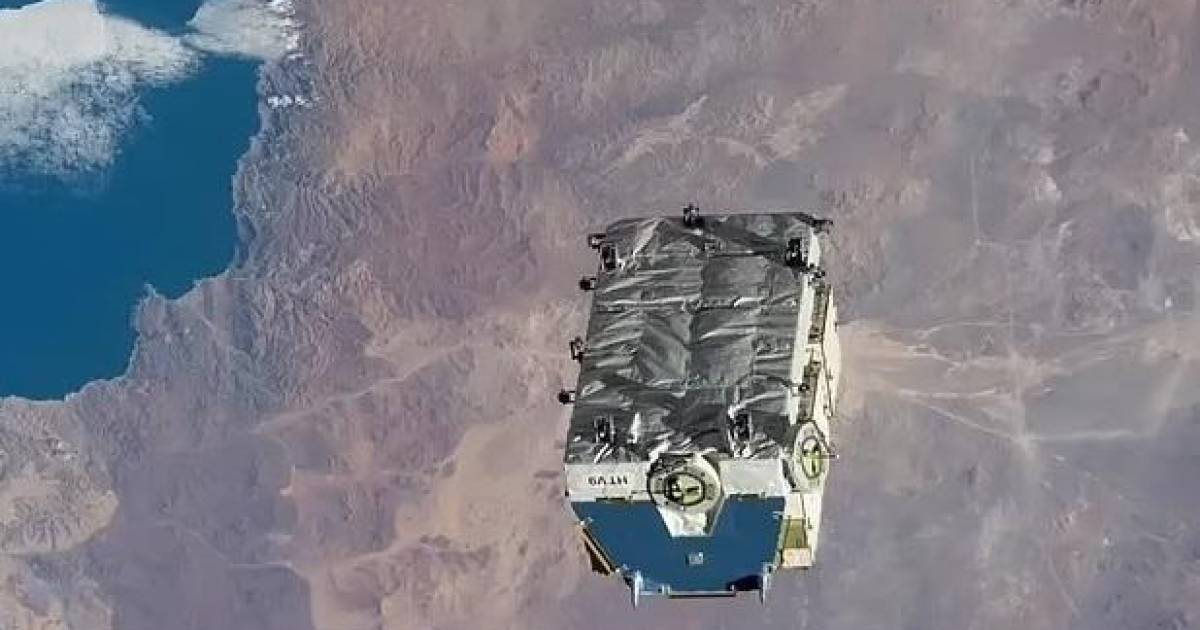From tomorrow, June 1, unlimited free storage on Google Photos will end. Until then, high quality uploaded videos and photos will not be counted within the 15GB provided by the company for free.
But all backups of multimedia content produced from tomorrow, regardless of quality, will be deducted from that 15GB allocation that will be distributed between Gmail, Drive and Photos. But after that date, with the exception of pixel phones, the material will consume a portion of the available storage, which will continue to enjoy that benefit.
Once this limit is exceeded, the user must pay for a subscription to the Google One storage service to continue backing up the contents of the company’s cloud.
The company estimates that once this restriction, first announced in November last year, comes into effect, 80GB users will be able to store content for up to 3 years at no cost within 15GB of storage. Should know several months in advance so that users have time to learn about this initiative and make copies of photos and videos at a high quality, which can be done without taking up space up to date, as well as to properly place files and manage available space.
How to free up space
Summarize photos. The last day to do this is today, starting tomorrow and this alternative will not help free up space as mentioned. You need to go to photos.google.com/settings from a computer. Click on the option that says “Restore Storage”. This will compress the multimedia content into a high quality format so that it does not take up space. To delete photos and videos, you need to select them and in the top right corner, press the Delete icon.
Delete large files. To do this, you need to sign in to your account from a computer and order your files from the largest to the smallest. Select the files that you do not need so that they go to the Trash, where you can log in to delete them permanently. In 24 hours, the space occupied by the files you deleted will be available on your Drive account.
In turn, you can use Google One Storage Manager to delete photos, Gmail or one or more files on the drive. For that you need to sign in here. There you will find content that has been filtered by size and that has already been discarded in the trash and can be permanently deleted.
Remove emails that take up too much space. In Gmail, enter the search box (next to the magnifying glass icon) and type: link Large: 10m. It will filter emails with more than 10M attachments. If you want to delete large files you can replace 10 with a larger number.
Check all the emails you want to delete and press the trash can icon to delete that content. In the left margin, press the menu and trash to remove them permanently.
What to do if there is no space available
If you do not have space, you can no longer upload files or images to Google Drive; As well as creating backup copies of photos or videos in original quality on Google Photos. Google Jumbo Board can not create new files in Docs, Sheets, Slides, Maps or Forms. In turn, syncing between the system’s Google Drive folder and My Drive will stop. Even if you can still access your Google Account, you will not be able to send or receive emails via Gmail if you leave.
Google will remove all content in Gmail, Drive, and Photos if you have not purchased or purchased enough space to reclaim the space for 2 years or more. This can happen if you have a dormant account for 2 years or more, i.e. you do not use it. The simplest way to keep your data active is to periodically visit Gmail, Google Photos and Google Drive.
But before that happens, you will receive an email notification and other notifications from Google. The Company explains in its Terms and Conditions that the User will be contacted at least three months prior to the content deletion requirements being met.
Additionally, purchasing more storage space or deleting files will give the user the opportunity to prevent their content from being deleted.
In turn, the user has the ability to download all content hosted on Google services to avoid losing information, for which he should follow the steps mentioned in this article.



:format(jpeg):focal(1113x968:1123x958)/cloudfront-us-east-1.images.arcpublishing.com/gfrmedia/5R6TJPXX3BCBTAMAPEFV7AZ7FQ.jpg)

:quality(85)/cloudfront-us-east-1.images.arcpublishing.com/infobae/JOTNHIC4TZASXLYZIYQNOJVENA.png)